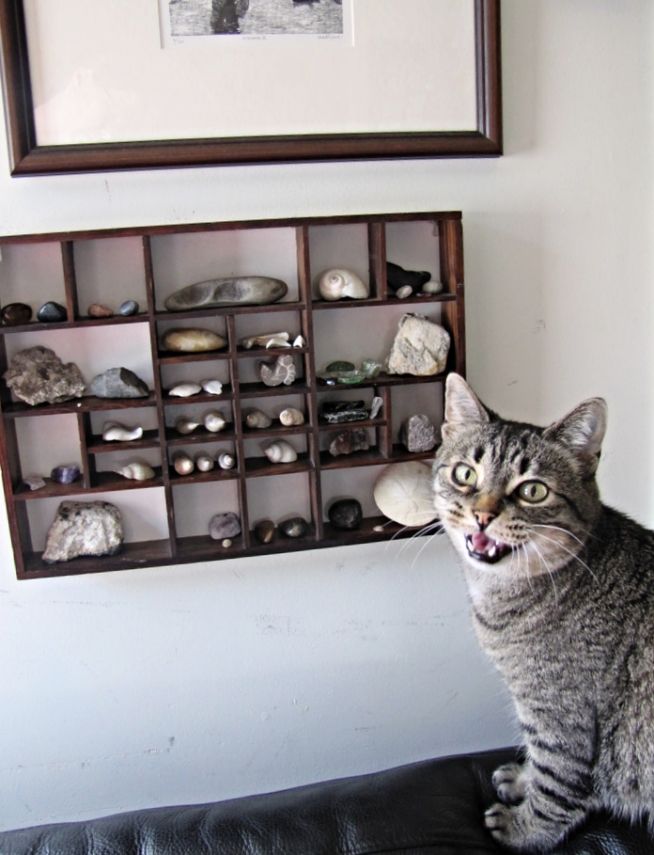 | |||
| This cat is not on display. |
The need came up just this last holiday weekend when girl child found a particularly magnificent dead bumble bee. In order to arrest, or at least slow, the bee's decomposition, a burial in rubbing alcohol was needed. And then maybe, asked the girl, a place to display the bee in her glass coffin?
I'm not so good with the building with the wood but, inspired by Gordon Grice's book Cabinet of Curiosities, an excellent resource for the tween age crowd and their parents, I thought maybe I could handle a little bit of very basic cabinetry.
Of course the only thing open on the holiday weekend was the Dollar Store, so I get now to present to you:
How to make a small specimen display curio shelf using (mostly) dollar store items
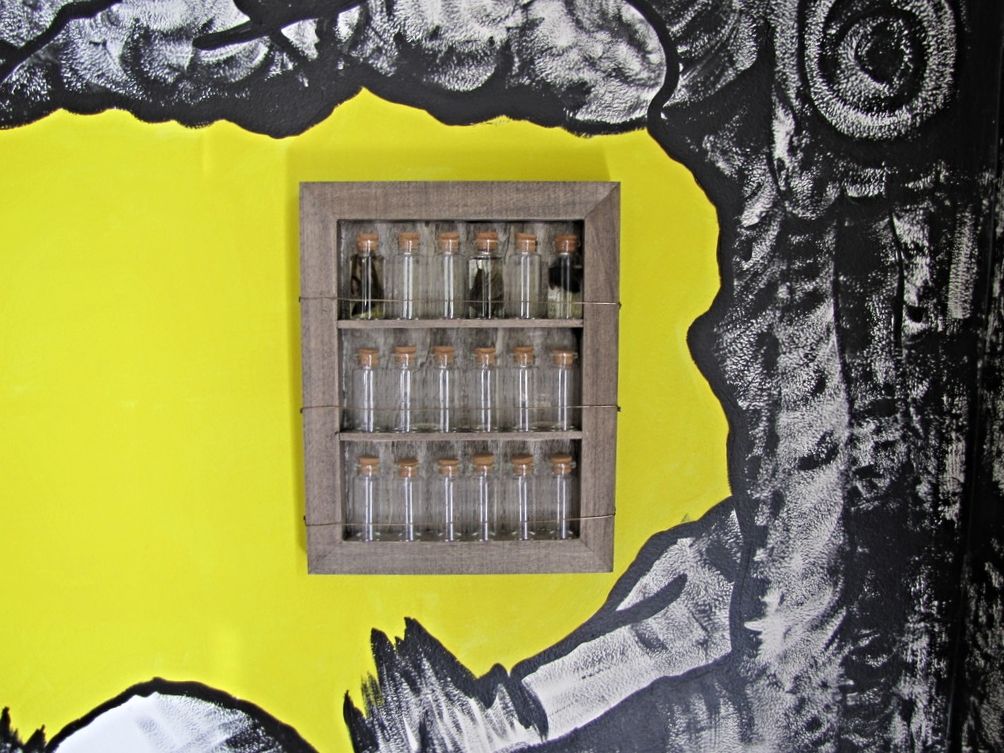
The (artist's) frame, vials, and rubbing alcohol were purchased on at the dollar store, to which I added balsa wood for shelves and wire as holder-on things (that's a technical term). Additional needs are white (pva) glue, tacks or nails, and wood stain or acrylic paint (mine is craft gel stain).
The frame and back itself is a complete piece purchased as artist's board in the craft aisle, turned to the backside. Balsa wood, cut to the appropriate size to fit the purchased craft vials, is glued into place as the shelves. I just want to make a note of how excellent it is to be able to cut balsa wood to size with a quilting ruler and small blade. It's my kind of wood.
When the glue is dry, sand down any exposed glue and rough parts of the shelf. A coat of wood stain (follow directions on package) is easy to do but paint works well too.
I happen to have quite a few shoe tacks about my place but any old small nails will do to use as a post to twist wire around. Picture hanging kits in the dollar store have nails about the right size. Place tacks or nails about a half inch above each shelf, a distance I scientifically determined to minimize the vial's ability to randomly fall off the shelf while maximizing the ability actually put the vial on the shelf. (Scientifically determined, as in I held the wire up while boy child put in some vials and tipped the shelf around to see if any would fall off.)
Leaving a bit of tack sticking out allows room fro the wire to be twisted on and secured. On the back side of the shelf, pop in a couple tacks or nails and suspend a wire between them to be able to hang the shelf on the wall.
That's the shelf! Now for the fun bit: collecting specimens!
We, as a rule, only collect specimens that are not alive. Because we don't want to be jerks. Beetles, spiders, flying insects and casings are favorites. With these vials, we do have size considerations (although it is sort of amazing what a determined child with an aggravatingly large and fluffy bumble bee can do with a bit of patience and a pencil as a poker) and cork toppers are probably going to be replaced with a wax seal eventually.
Adding rubbing alcohol will keep specimens from decomposing for a few years but after that there is no guarantees.
Girl child has just a few vials filled on the shelf right now but by the end of summer she'll most likely be agitating for another. There are quite a few wolf spiders in the basement that will be seeing the end of their natural life span by September. It's lucky for the girl that I've made her a handy tutorial so she can make her own darn shelf next time.

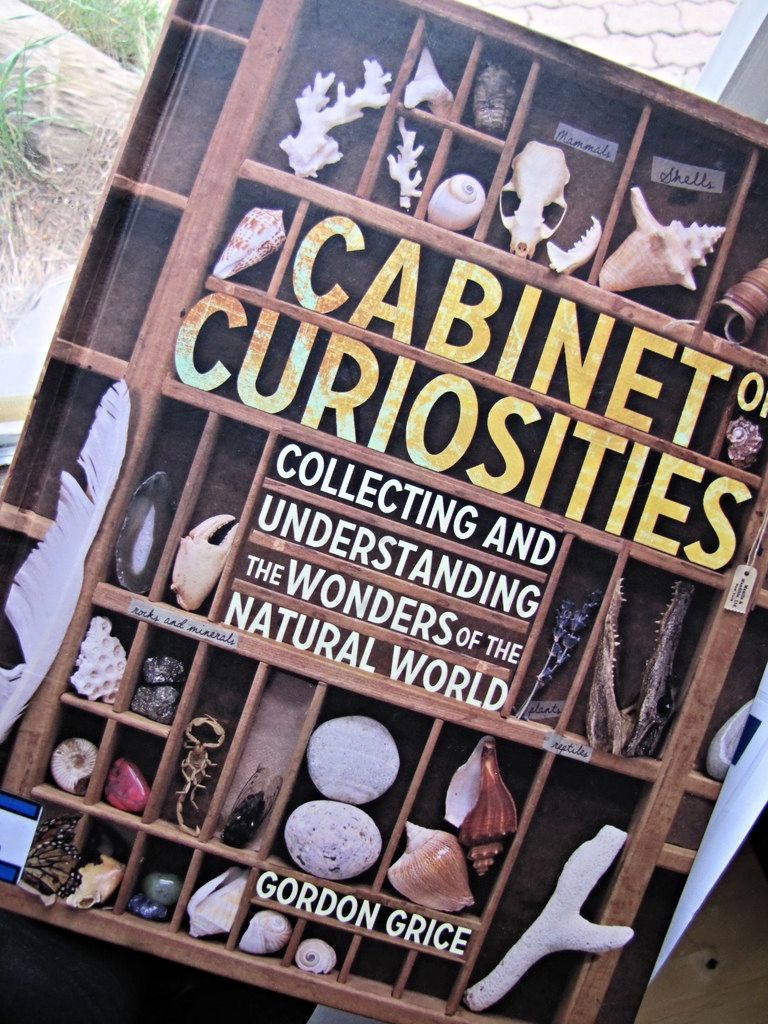

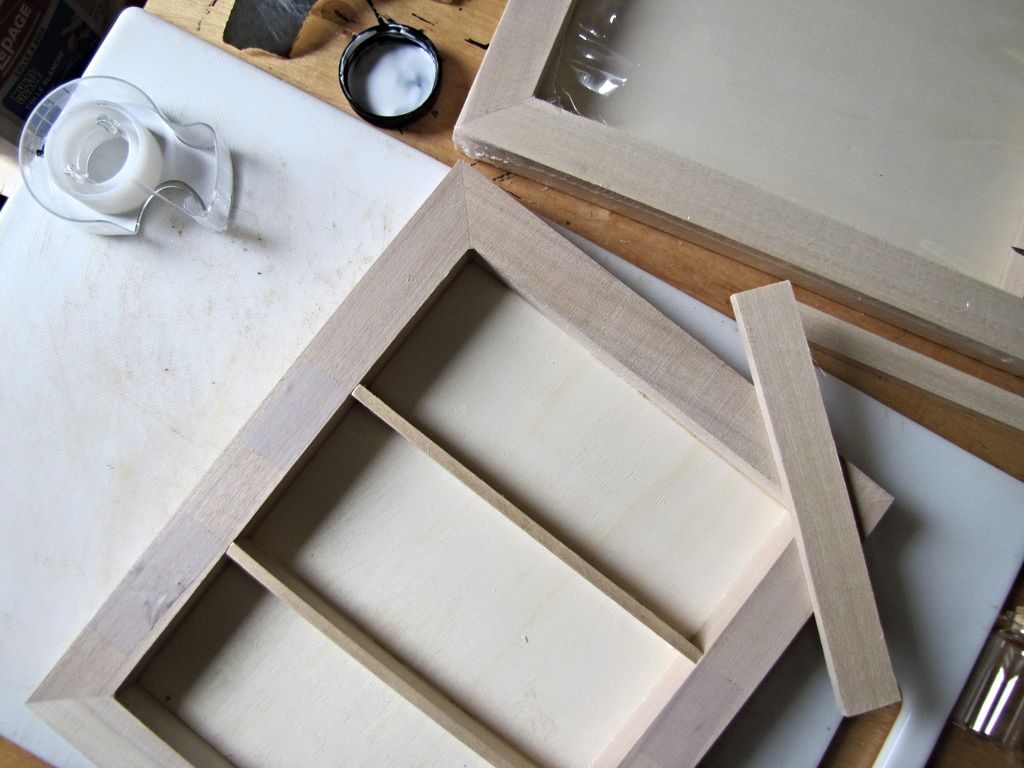
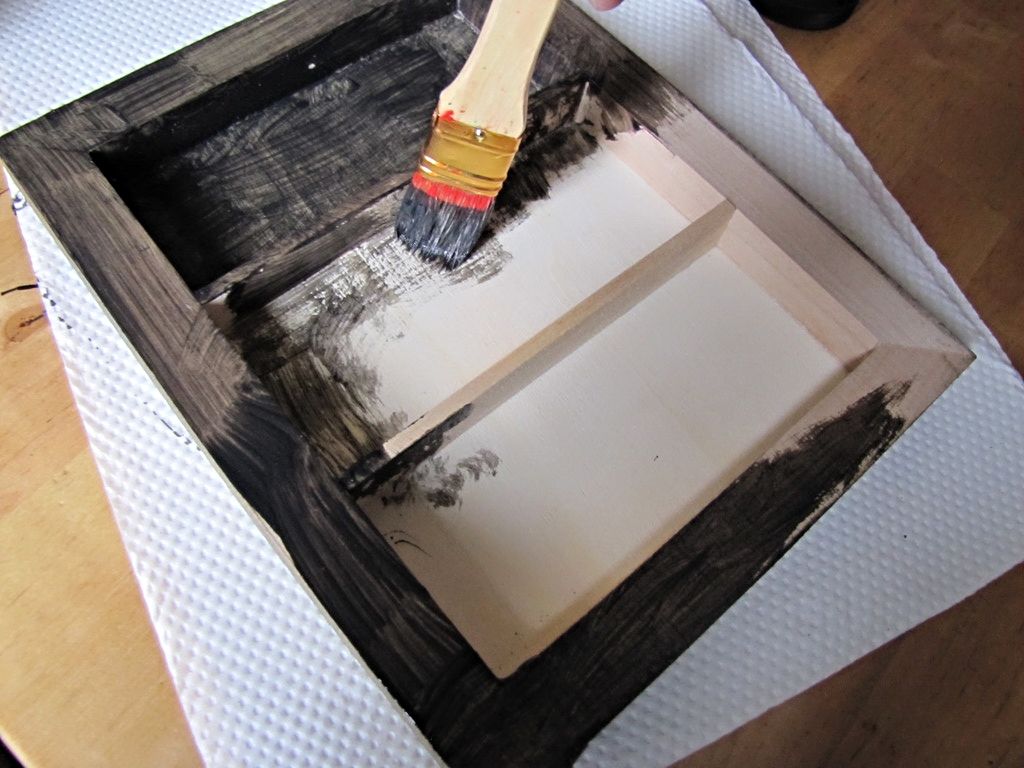
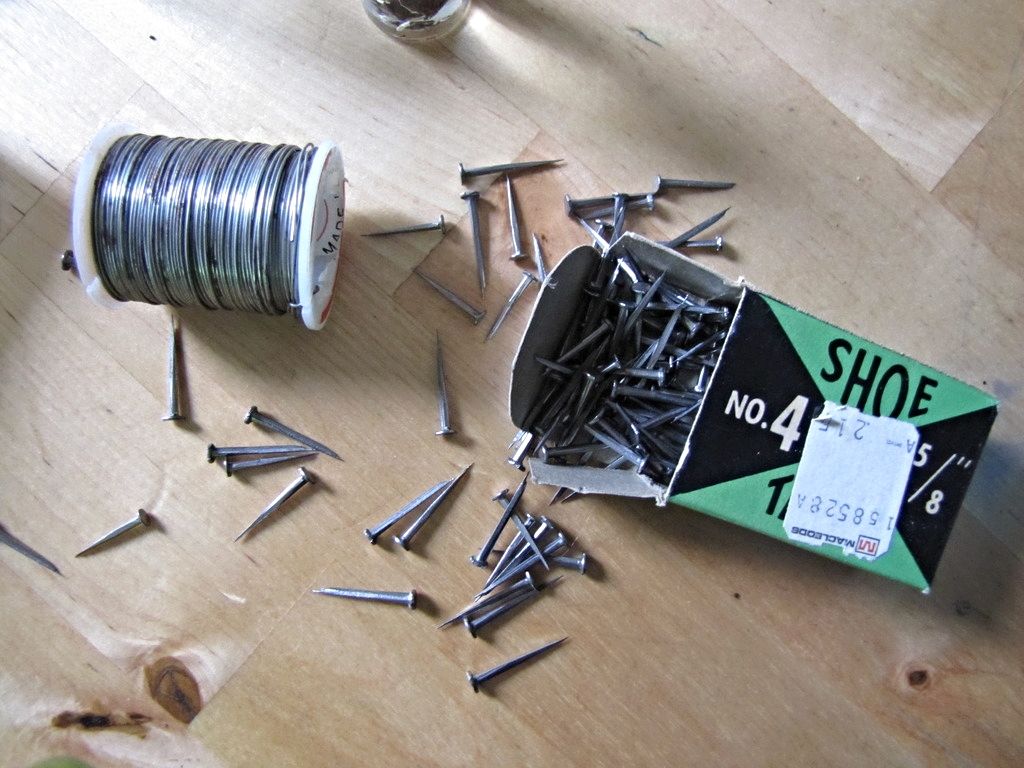
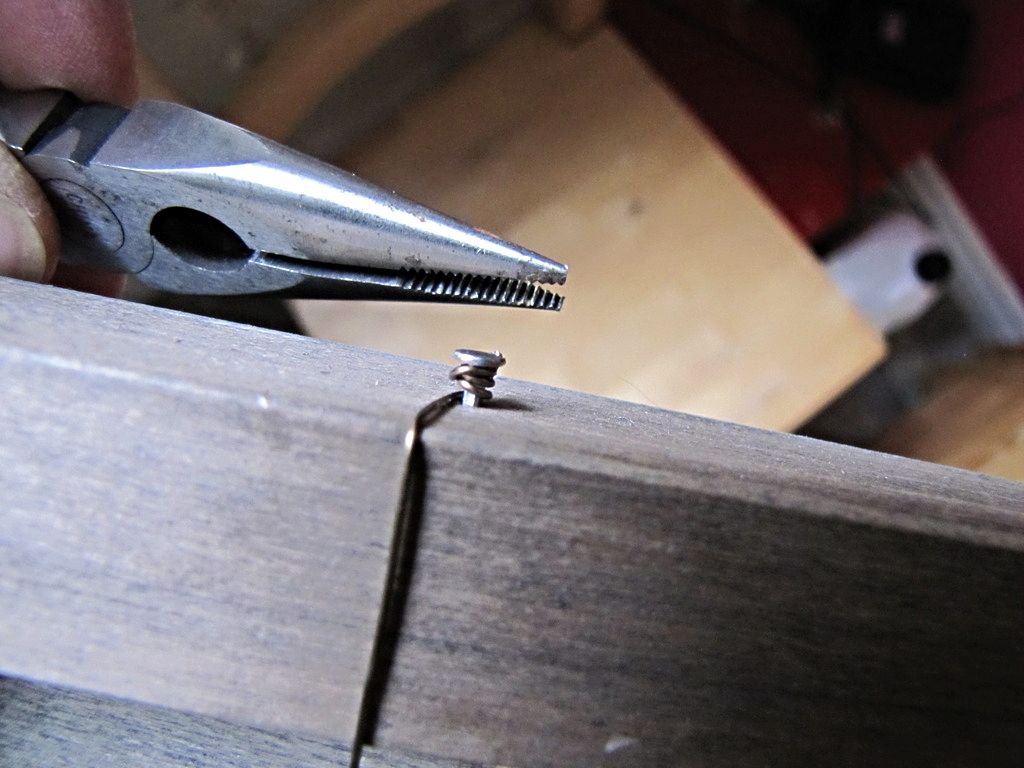
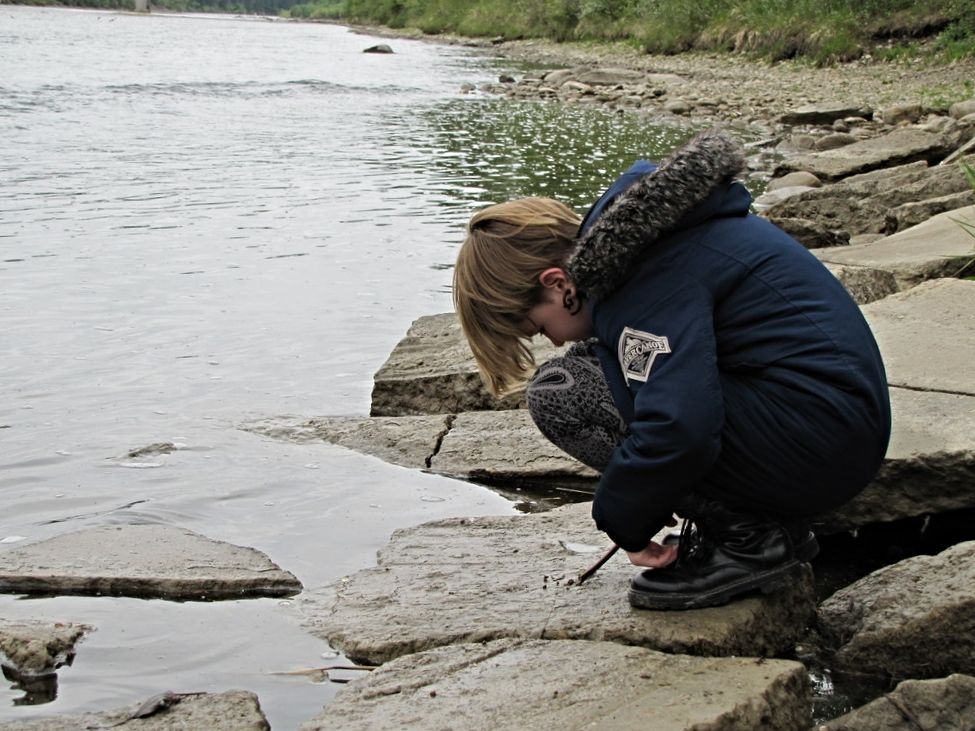
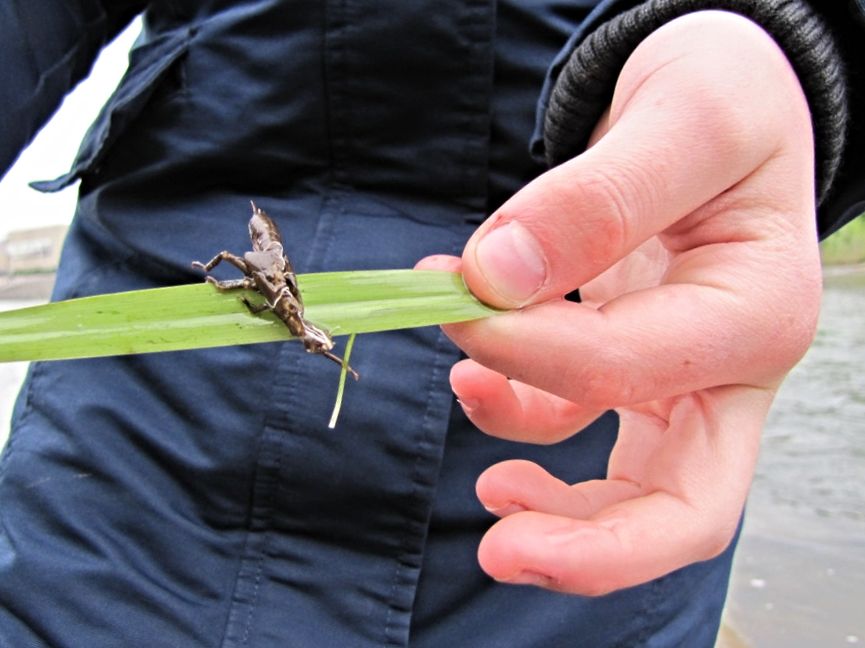
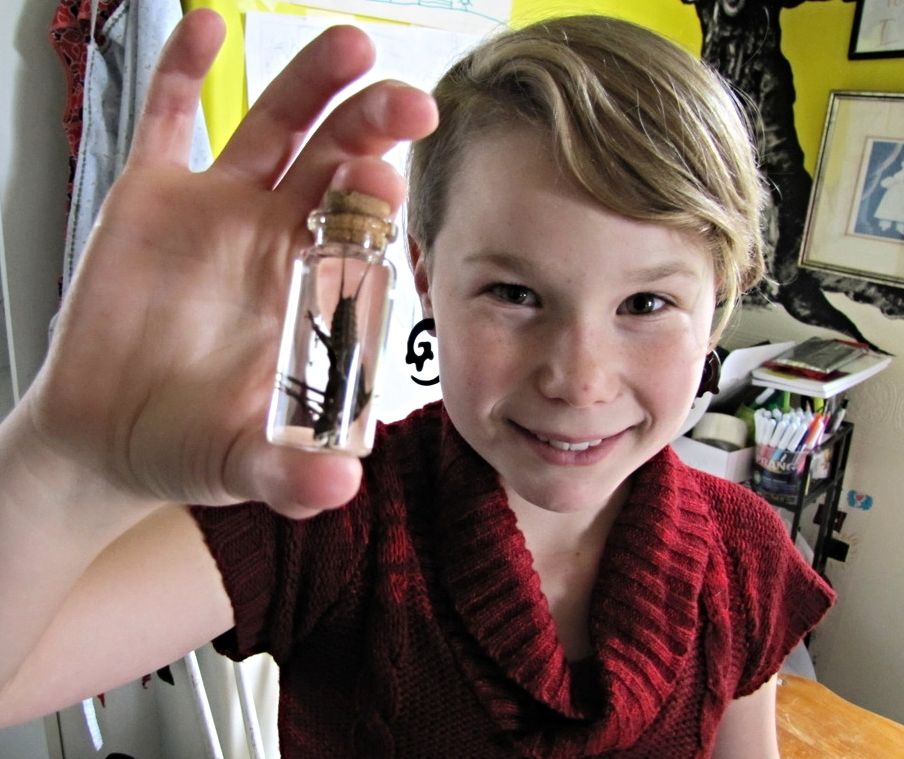

No comments:
Post a Comment